This week's This American Life is an entire hour devoted to investigating
the FBI's killing of Ibragim Todashev along with a
companion piece in Boston Magazine. You probably heard about the basics of the Todashev story. Todashev was a friend of Tamerlan Tsarnaev, the older of the two brothers implicated in the Boston Marathon bombings (and the one who was killed when law enforcement tried to capture them), who was being interviewed by the FBI and was then shot multiple times and killed -- with a whole variety of conflicting stories coming out soon after as to what he did to lead to his death. One of the key stories was that Todashev had just admitted to participating, with Tsarnaev, in a grisly triple homicide outside of Boston a year and half earlier, and then supposedly lunged at the FBI agents (there were a variety of different reports, each claiming he had some kind of weapon, but each time the report differed on what kind of weapon). But reporter Susan Zalkind, who had been friendly with one of the 3 men killed back in 2011, which Todashev supposedly confessed to taking part in, decided to explore the story more deeply, and found a variety of oddities at every turn, nearly all of which involve strange moves by the FBI.
It's also impossible to listen to this story, without connecting it to some of the recent Snowden revelations concerning how the NSA and FBI act. While the various chapters of the story are all interesting (including Todashev's girlfriend who agreed to be interviewed by Zalkind, and a month or so later was deported, almost certainly
because of the interview), perhaps the most striking is the story of Ashurmamad Miraliev, profiled in
Act 2 of This American Life and written up in more detail by Zalkind
last fall.
Miraliev was someone who lived in Florida and had become an acquaintance, but not a close friend, of Todashev. Months after Todashev was killed, Miraliev was pulled over and arrested, supposedly for having an expired license (it had expired a week or so earlier). He was then interrogated for six hours by the FBI (without a lawyer) -- almost all about Todashev, asking specific questions about the triple homicide and Todashev's involvement (remember, this is supposedly well after the FBI claims Todashev confessed to those murders). Miraliev pointed out that he wasn't that close to Todashev, that he'd never been to Massachusetts, and that all of that happened well before he'd ever met Todashev. He then asked to be let go, and was told that he was being thrown in jail based on absolutely ridiculous trumped up charges that are way too convoluted to fully cover here, but the short version is that a year earlier, Miraliev had apparently gotten into a yelling altercation with a guy who Todashev had fought with, and the feds (a year later) had pressured the guy Todashev fought with to press charges, and
then claimed that Miraliev was "witness tampering" for that screaming match. The charges were later dropped after a judge pointed out how ridiculous they were -- but the whole thing still got Miraliev put on a terrorist watch list, caused him to miss a court date for his student visa, and got him kicked out of the country:
So the FBI had been matchmaking: They had helped the sheriff’s department go fishing on a long-closed case to find a victim and a charge with which they could pressure or detain first Ibragim, and later Ashurmamad. The witness-tampering charge the FBI brought against Ashurmamad was so flimsy that it was dropped in just a month.
And yet it didn’t matter. Although he had never been to Boston and never met the Tsarnaevs, Ashurmamad was nonetheless flagged—according to a note on the booking sheet—“ON TERRORIST WATCH LIST/PLACED PROTECTIVE CUSTODY AND HIGH RISK. HOUSE ALONE.” Ashurmamad was taken from the Orlando Police Department to the Osceola County jail, where he was kept alone in an 8-by-10 room. To meet with his lawyers, he had to have his hands and wrists shackled and be chained to the ground. Ashurmamad told me there were no windows, the light was always on, and he was always cold. He was there for a month until the tampering case was dropped. But he wasn’t released. His student visa had expired, and he’d missed a court date while he was in jail. So he was moved directly to an immigration detention facility, and on November 4, he was ordered to be deported back to Tajikistan.
Hearing the original story, and reading through the details, I'm further reminded of the stories of how the NSA, FBI and others in the federal government use
"parallel construction" to build questionable cases against individuals they want dealt with.
The whole story highlights, yet again, why anyone who claims "if you've done nothing wrong, you have nothing to fear," are simply wrong. Miraliev did not appear to do anything "wrong" other than failing to reregister his driver's license on time. But, because the FBI wanted to pressure and then punish him, to give them information they didn't have supposedly to confirm a murder which the FBI itself claims they had already solved, suddenly he got kicked out of the country entirely, losing everything he had (he lost his home, his money and car, which were all left in the US when he got sent back to Tajikistan).
While Zalkind presents a plausible theory on what may have happened with the FBI and Todashev, the hiding of information, the coverup and the continued efforts to bully, threaten, harass and (eventually) deport a number of his friends is quite shocking. One former law enforcement official quoted in the show, notes that when your job is to stop terrorism, these kinds of actions seem perfectly reasonable. Even if you have no proof, you just want anyone who knew anyone to be gone, so they're not your problem. It's entirely possible that's what's going on, and no one seems to care about punishing perfectly innocent people.
But if you actually believed the crap that the NSA and FBI have been saying about only targeting real threats to national security, and not putting innocent people at risk, take a listen or read the writeup. It presents a very different picture than one of an FBI protecting the country. It suggests a bunch of thuggish bullies who went too far, and are now doing everything possible to cover their tracks.
Permalink |
Comments |
Email This Story






 These apps are available on web and mobile. On the web I’m using spreeder which has a website and chrome extension. Just highlight web page text, right click and choose so spreed it. Using the spreeder bookmarklet may be the best choice here since it has keyboard control for increasing and decreasing the speed while reading. Using the Shortcut Manager extension, you can make a shortcut for the bookmarklet and just highlight and hotkey.
These apps are available on web and mobile. On the web I’m using spreeder which has a website and chrome extension. Just highlight web page text, right click and choose so spreed it. Using the spreeder bookmarklet may be the best choice here since it has keyboard control for increasing and decreasing the speed while reading. Using the Shortcut Manager extension, you can make a shortcut for the bookmarklet and just highlight and hotkey. Unfortunately, it tends to crash when switching
Unfortunately, it tends to crash when switching 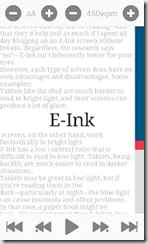 back and forth and pasting text from web pages. No matter, the Rapid Read is quite capable with pasted text and its on screen controls are pleasing. Its scroller is decent for navigating shorter text.
back and forth and pasting text from web pages. No matter, the Rapid Read is quite capable with pasted text and its on screen controls are pleasing. Its scroller is decent for navigating shorter text.

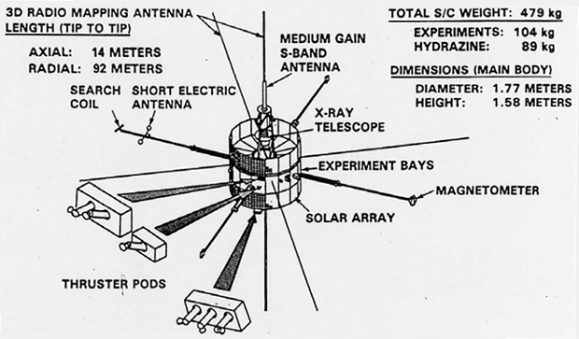









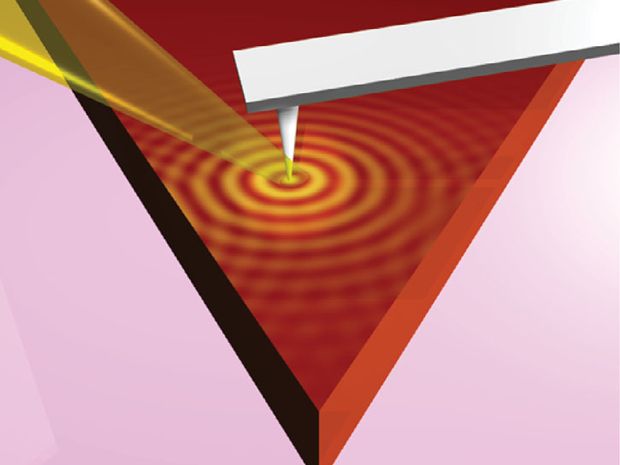

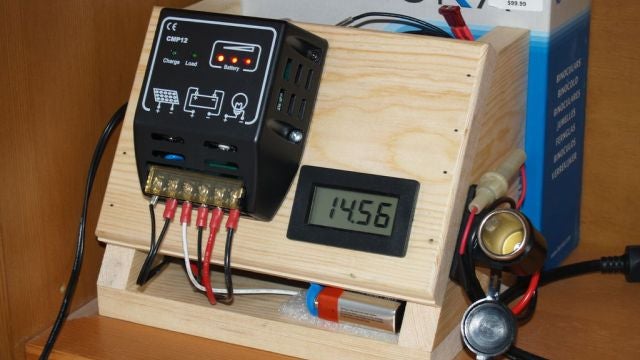
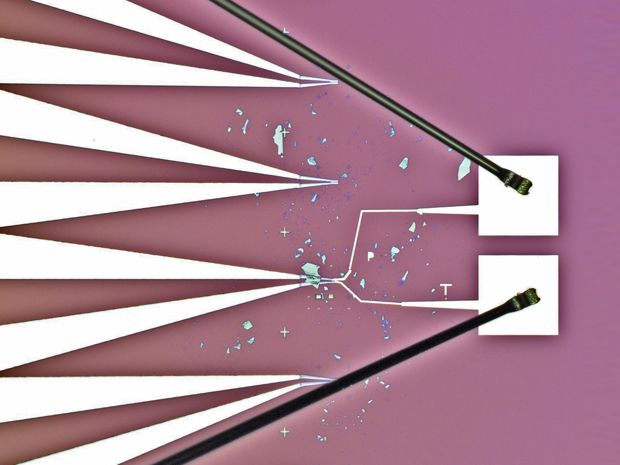

















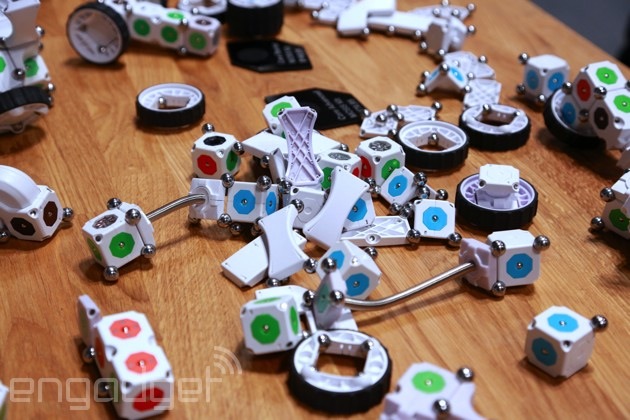 The big story at this year's Toy Fair was definitely STEM. That stands for science, technology, engineering and mathematics -- four areas of study that educational companies and bureaucracies have been pushing more students to get involved with. So...
The big story at this year's Toy Fair was definitely STEM. That stands for science, technology, engineering and mathematics -- four areas of study that educational companies and bureaucracies have been pushing more students to get involved with. So...